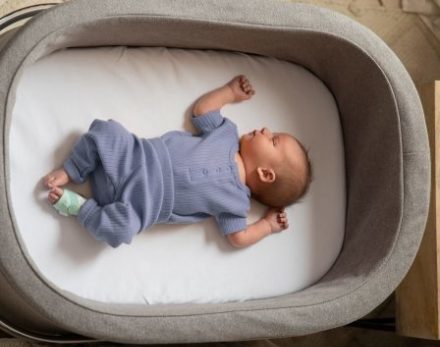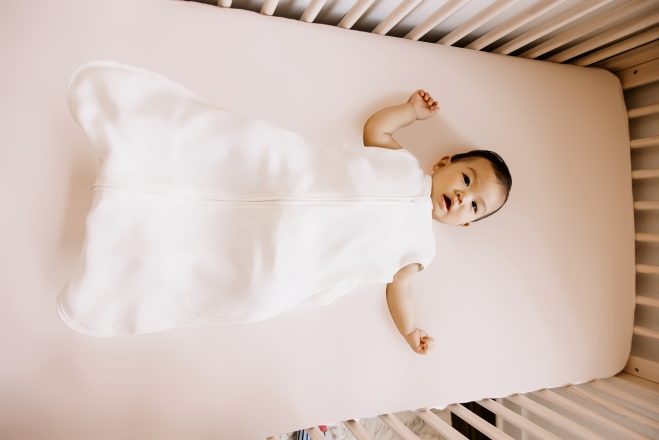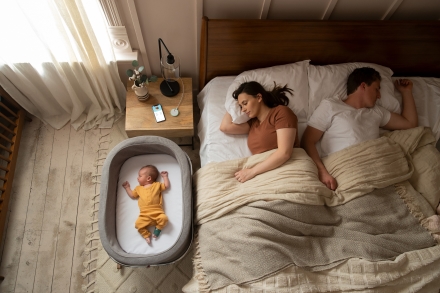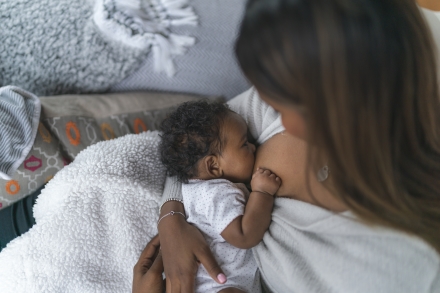Sleep follows feeding
Fresh out into the world, your new arrival is adjusting to a completely different sensory scene and learning that their constant food source, the umbilical cord, is gone.
Sleep anticipations
Sleep anticipations refer to an average of sleep needs for babies similar in age. These averages are in no way an expectation for your baby, but an idea of what you can anticipate. The healthiest approach to sleep is to follow your baby’s lead and their cues. As a parent, you will start to see your baby’s sleepy cues and know exactly when to offer a nap. If you allow your baby to nap when they feel tired they won’t develop the habit of fighting sleep and instead allow themselves to fall asleep.
Sleep Anticipations
Sleep follows feeding
Fresh out into the world, your new arrival is adjusting to a completely different sensory scene and learning that their constant food source, the umbilical cord, is gone. Because your baby will lose a little bit of their birth weight as they learn how to feed and adjust to life outside of the womb, it’s important to remember that your baby’s sleep follows their feeding routines. Your baby will need to wake to feed every 1 ½ -3 hours if breastfeeding, and every 2-4 hours if bottle feeding.
Sleep environment
Your baby should always be placed on their back in a safe-sleep approved space such as a bassinet or crib for every sleep. There should be nothing in your baby’s sleep space except for a fitted sheet over a firm mattress and your baby. When it comes to keeping your baby safe during sleep, remember the ABC’s:
- Baby should be Alone
- On their Back
- In a Crib

Safe Sleep
The American Academy of Pediatrics (AAP) also gives the following recommendations for safe sleep:








